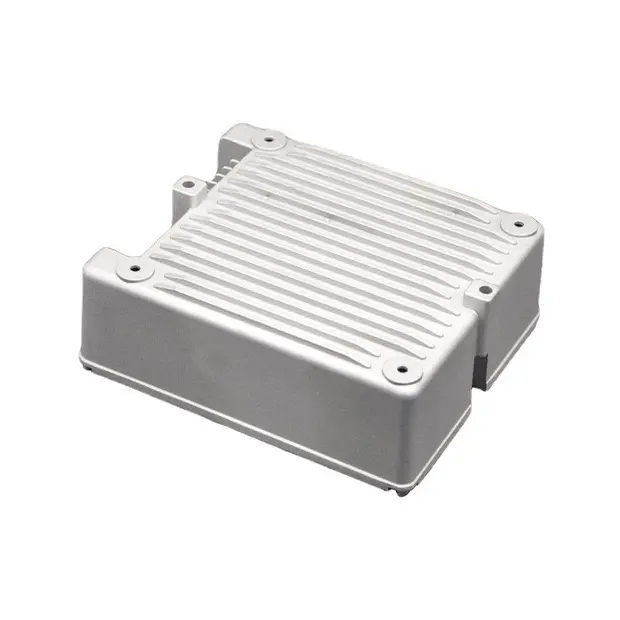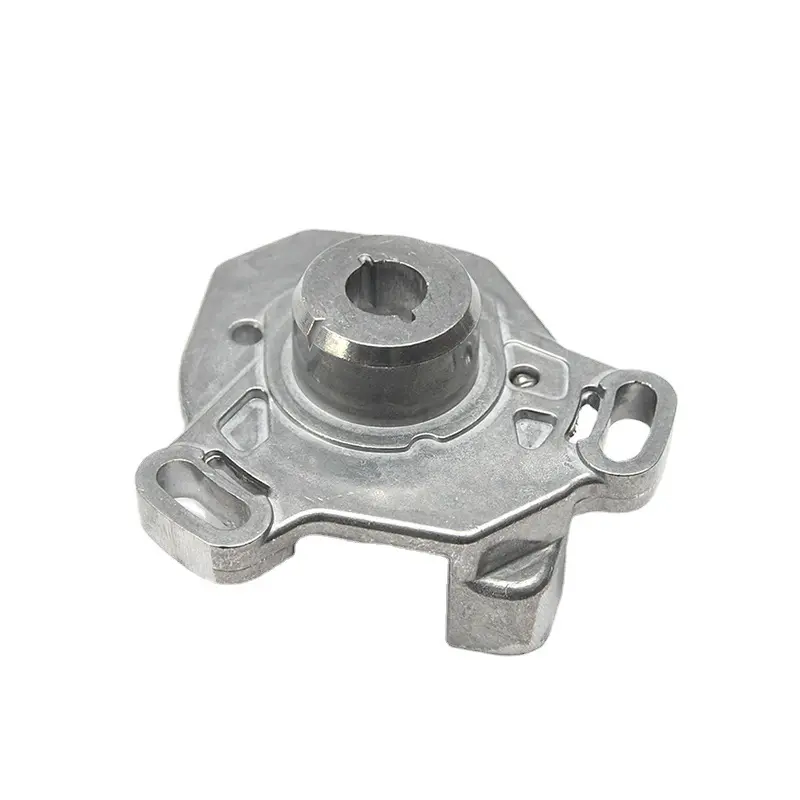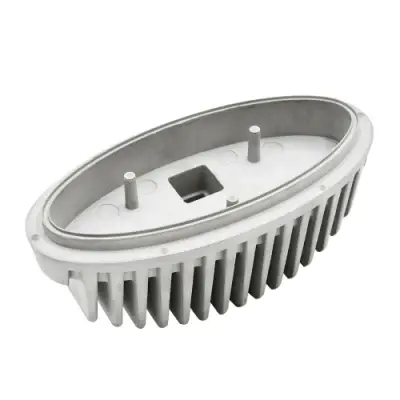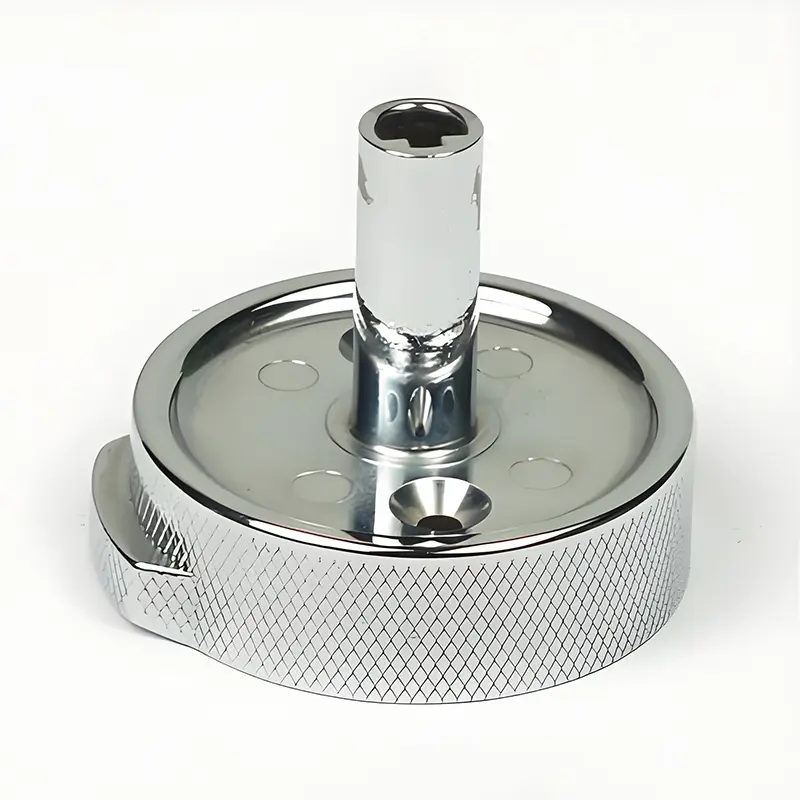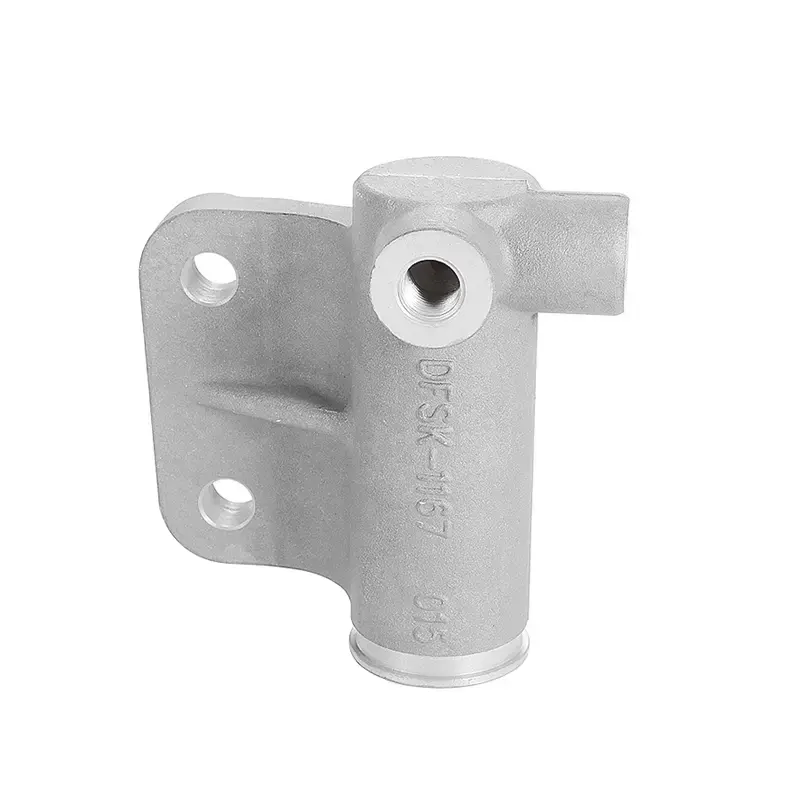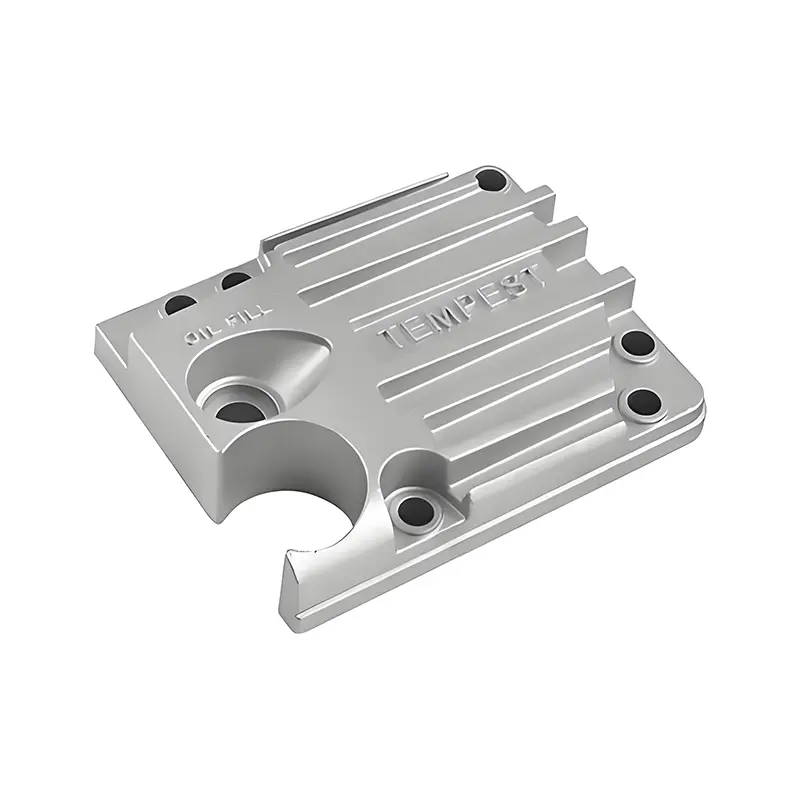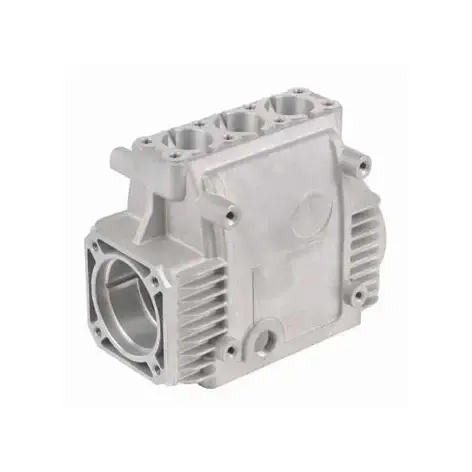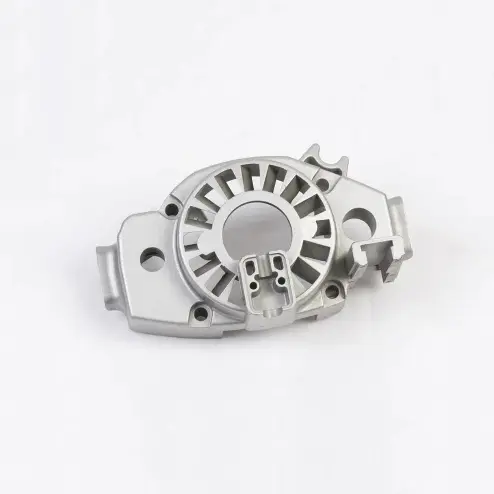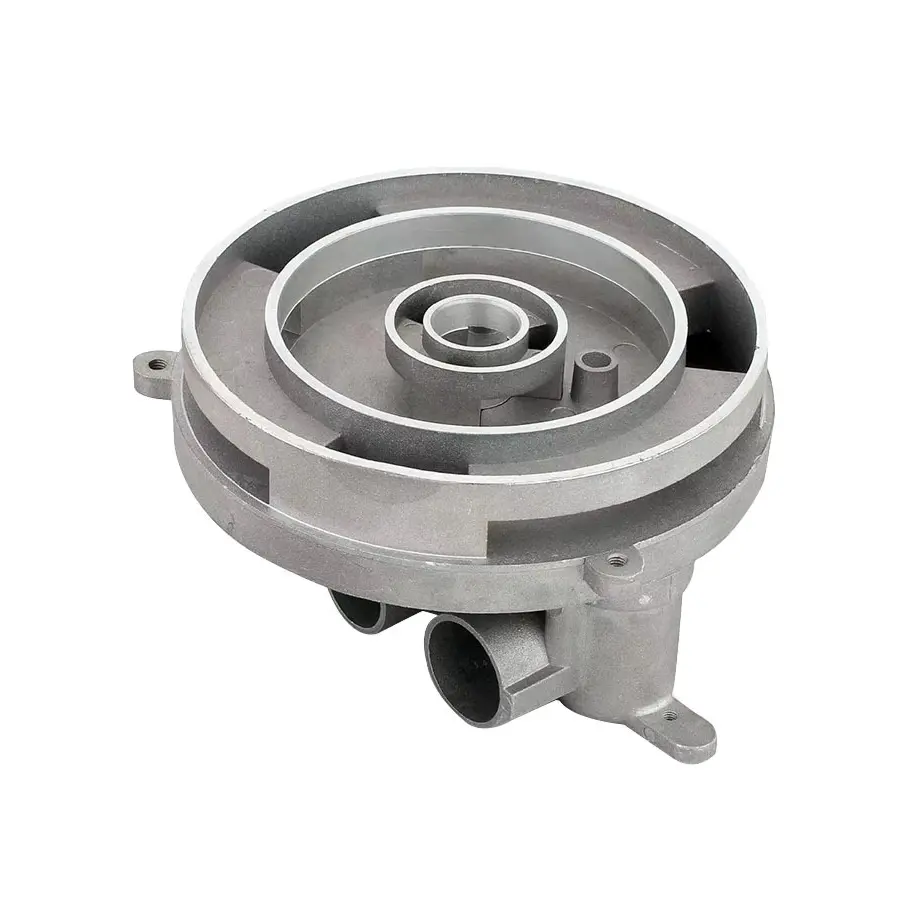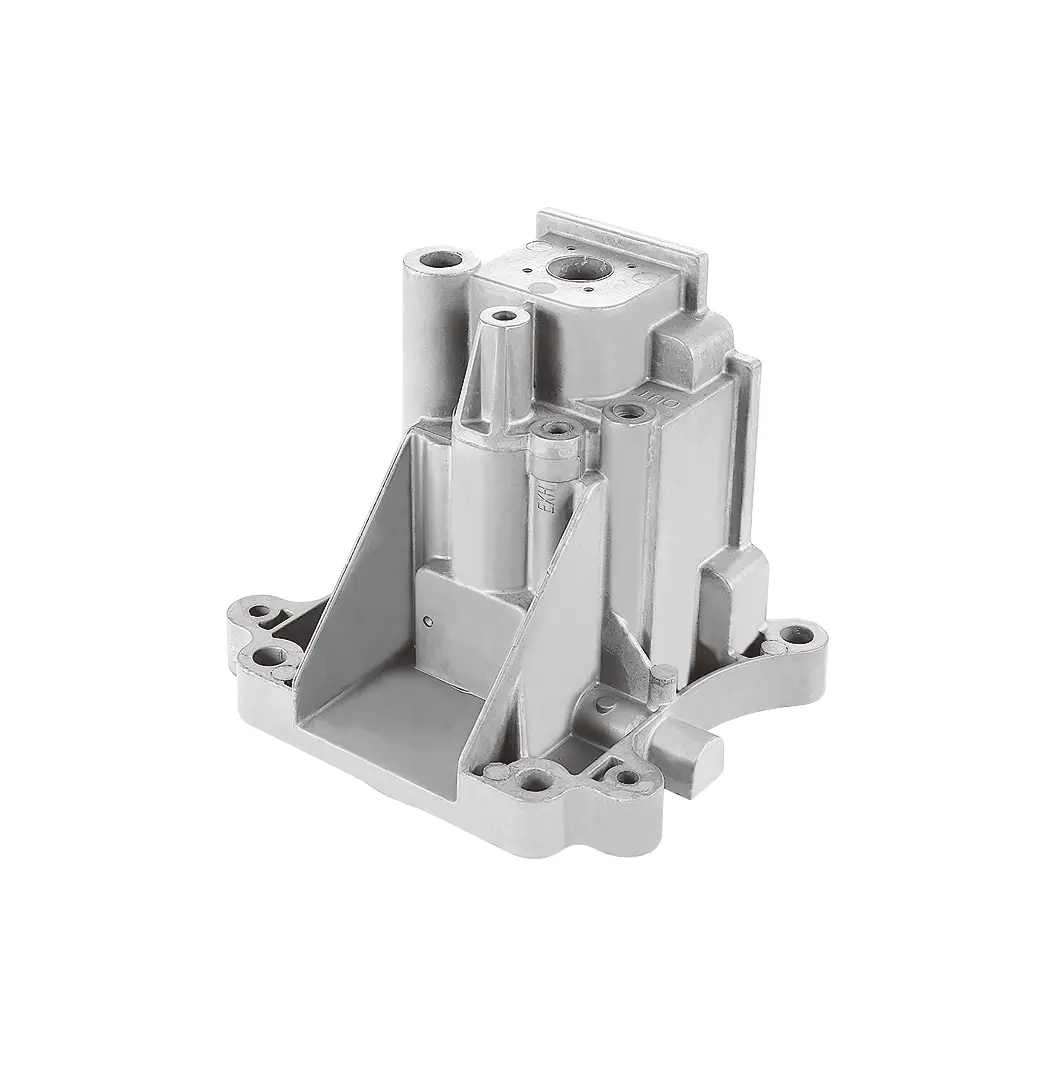 +86-13516964051
+86-13516964051 Aluminum alloy high pressure casting: enabling the leap of automobile safety performance
Aluminum alloy High Pressure Casting: enabling the leap of automobile safety performance
At a time when the automobile manufacturing industry is booming, consumers are increasingly demanding automobile safety performance. The rise of aluminum alloy high pressure casting technology has opened up a new path for improving automobile safety performance, making it shine in the field of automobile manufacturing and attracting the attention of many international wholesale buyers.
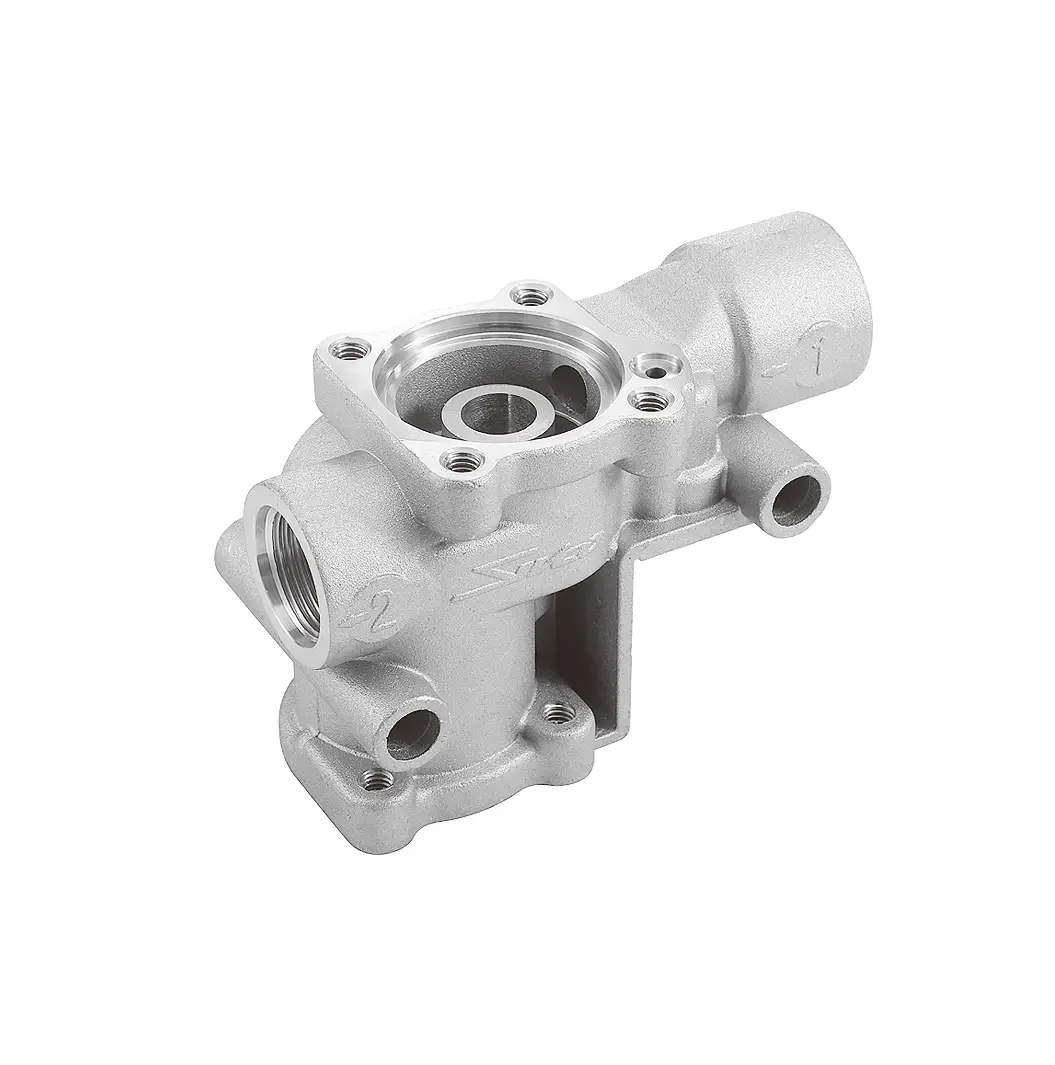
1. Material advantages of aluminum alloy high pressure casting
Aluminum alloy has low density characteristics, and its density is only about one-third of that of steel. The use of aluminum alloy in the manufacture of automobile parts can significantly reduce the weight of parts. For example, the engine cylinder block made of aluminum alloy can be greatly reduced in weight compared with the traditional cast iron cylinder block. For new energy vehicles, the lightweight body and parts can effectively extend the driving range and alleviate consumers' "mileage anxiety", which has been fully confirmed in new energy models of high-end brands such as Tesla and BMW.
Aluminum alloys show high strength and toughness, and their specific strength (strength/density) can reach 2-3 times that of steel materials. When subjected to external force impact, aluminum alloy parts can withstand greater loads and resist deformation and fracture. Taking the suspension system of a car as an example, the suspension parts forged from aluminum alloy can still maintain good performance and ensure the driving stability of the vehicle in the face of impact and stress caused by complex road conditions during vehicle driving. At the same time, aluminum alloy has excellent corrosion resistance, and a dense oxide film will form on its surface. This oxide film is like a solid "armor" for the aluminum alloy, which can effectively resist the erosion of corrosive substances such as acid rain and salt spray in the external environment, reduce safety hazards caused by corrosion, and extend the service life of parts.
2. Improvement of automobile safety performance by aluminum alloy high-pressure Casting Process
(I) Microstructure optimization
In the process of aluminum alloy high-pressure casting, precise control of casting temperature gradient and cooling rate is crucial. Controlling the casting temperature gradient in the range of 470-530℃ and maintaining the cooling rate at 0.1-1℃/s can promote the formation of a stable T6 phase transformation structure in the aluminum alloy. This structure can significantly improve the yield strength of aluminum alloy, making its tensile strength reach more than 270MPa, close to the level of traditional hot-formed steel plates, thereby enhancing its load-bearing capacity and impact resistance without increasing the weight of parts.
(II) Porosity reduction
In traditional high-pressure die-casting processes, liquid metal is easy to entrain gas when sprayed at high speed, resulting in pores inside the casting. The use of vacuum-assisted high-pressure die-Casting Technology can effectively reduce the gas content in the mold cavity and reduce the porosity of the casting. Studies have shown that with the increase of vacuum degree, the porosity in aluminum alloy castings is significantly reduced, while its tensile strength and elongation are significantly improved. The reduction in porosity improves the mechanical properties of the casting and reduces the stress concentration caused by pores, thereby improving the reliability and safety of parts during use, especially when subjected to alternating loads and impact loads, which can effectively reduce the risk of fatigue failure.
3. Body structure optimization
(I) Improve body torsional rigidity
Integrated die-casting technology can integrate multiple parts into large die-castings. For example, after the rear floor of Tesla Model Y is integrated die-cast, the body torsional rigidity is increased by 30%. The improvement of body torsional rigidity enhances the vehicle's ability to resist deformation during driving, improves handling stability and driving safety. When the vehicle is turning at high speed or avoiding obstacles, the body can maintain a better posture, reduce roll and deformation, and provide a more stable driving environment for the driver and passengers.
(II) Optimize the collision energy transfer path
The continuous load-bearing frame formed by integrated die-casting technology can optimize the collision energy transfer path of the vehicle. When the car suffers a frontal collision, the impact force can be orderly transmitted and dispersed along the preset geometric path through the die-cast frame structure of the body, avoiding energy accumulation and excessive local deformation caused by welding point failure or unreasonable structure. For example, the integrated die-cast chassis structure of some models can effectively transmit the front impact force to the chassis longitudinal beam, reduce the intrusion into the passenger compartment, and protect the safety of the occupants in the car.
(III) Integrated collision energy absorption unit
In the structural design of die-cast parts, a cavity structure can be built in as a collision energy absorption unit. For example, a honeycomb or wavy energy absorption structure is designed in the B-pillar area of the car. When a side collision occurs, these structures can absorb a large amount of impact energy through their own crushing and deformation, thereby improving the energy absorption efficiency per unit mass. Compared with traditional steel plate structures, this optimized design can increase the energy absorption capacity of side collisions by more than 40%, effectively reducing the impact force on the occupants in the car and reducing injuries.
IV. Analysis of actual application cases
The rear floor of the NIO ES8 is made of integrated die-cast aluminum alloy. When a high-speed collision occurs, its energy absorption area can convert the impact kinetic energy into heat energy through plastic deformation and disperse it to the entire structure, showing an excellent energy absorption effect, providing a strong guarantee for the overall safety of the vehicle.
In some BMW models, aluminum alloy parts are manufactured using gradient temperature control die casting process. The residual stress inside the casting is reduced by precise temperature control in different zones, and the local thermal deformation and fatigue cracks caused by residual stress are reduced, thereby improving the reliability of parts and the safety performance of the vehicle.
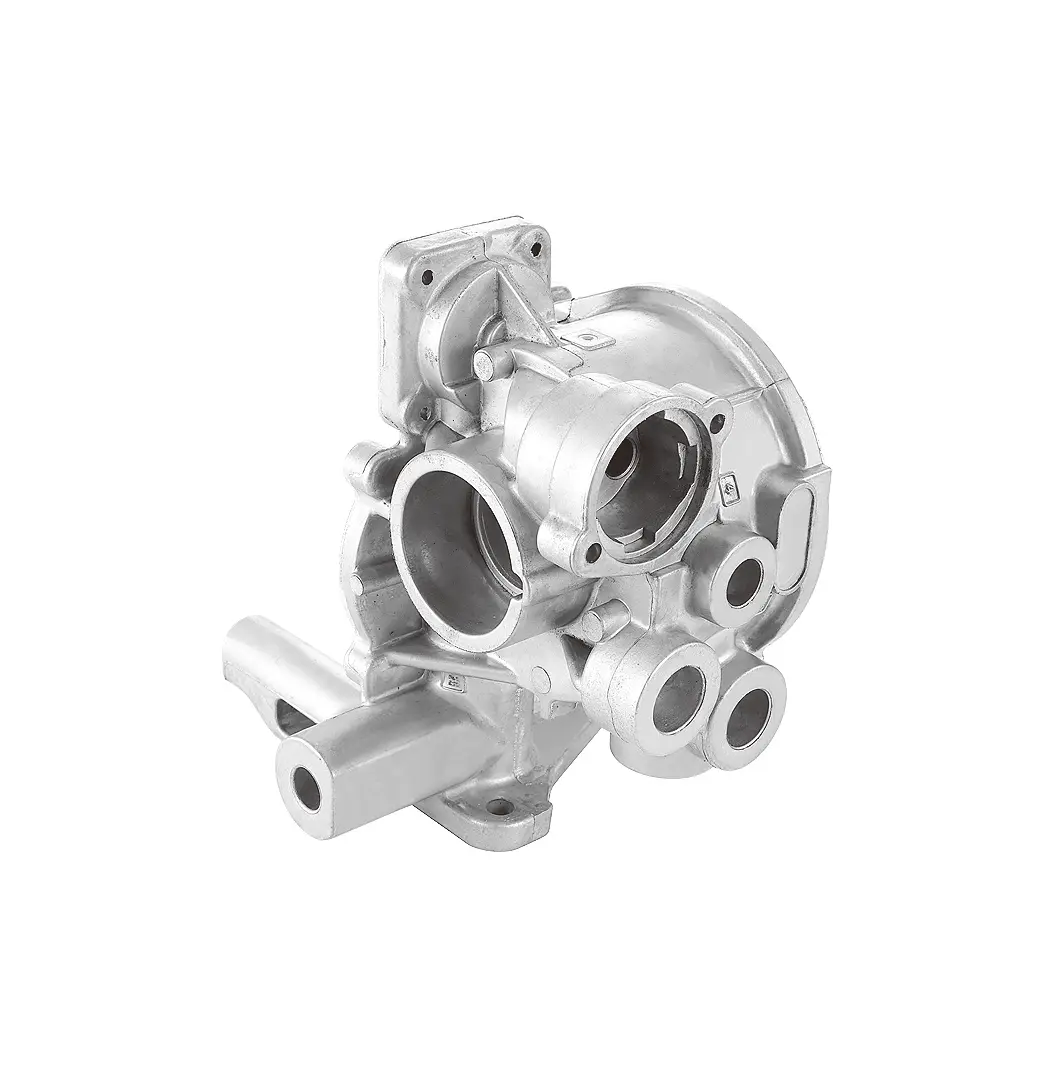
4. The fit between automobile safety performance testing standards and aluminum alloy high-pressure casting
(I) Strength testing standards
Automobile parts need to meet strict strength testing standards. For example, key parts such as the body frame and suspension system of the car must withstand a certain multiple of the vehicle's deadweight load and stress tests under various complex working conditions. Aluminum alloy high-pressure casting parts can easily meet these standard requirements due to their high strength characteristics. In actual testing, by simulating various stress conditions during vehicle driving, aluminum alloy die castings are tested for mechanical properties such as tension, compression, and bending. The results are often better than those of traditional steel parts, proving their reliability in terms of strength.
(II) Fatigue testing standards
Since cars are frequently subjected to periodic loads during use, the fatigue resistance of parts is crucial. The aluminum alloy high-pressure casting process can improve the fatigue life of castings by optimizing the microstructure and reducing porosity. In the fatigue test experiment, the aluminum alloy die-casting can still maintain good performance after a large number of periodic load cycles, without obvious fatigue cracks and failure phenomena. This shows that it meets the fatigue test standards for automobile safety performance and can ensure the safety of the vehicle during long-term use.
(III) Collision safety test standards
In automobile collision safety testing, the body structure and components of aluminum alloy high-pressure castings show excellent performance. In the simulation tests of various collision conditions such as frontal collision, side collision and rear-end collision, the aluminum alloy body structure can effectively absorb and disperse the collision energy and reduce the intrusion deformation of the passenger compartment. For example, in the collision tests of some models, the aluminum alloy front anti-collision beam and engine hood and other components deformed orderly at the moment of collision, absorbed a large amount of collision energy, reduced the impact force on the occupants in the car, and made the collision safety performance of the vehicle reach a higher star standard.
5. Future Development Trends and Challenges
With the continuous development of the automobile industry, aluminum alloy high-pressure casting technology will play a more important role in improving automobile safety performance. On the one hand, the research and development of new aluminum alloy materials will continue to advance. Researchers are committed to developing aluminum alloy materials with higher strength, better toughness and lower density to meet the higher requirements of automobile manufacturers for component performance. For example, new alloy materials such as magnesium-aluminum alloys have broad application prospects. They have lower density and can achieve greater lightweight. At the same time, by optimizing composition and process, their strength and corrosion resistance have also been significantly improved.
On the other hand, intelligent aluminum alloy high-pressure casting process will become a future development trend. With the help of advanced sensor technology, automatic control system and data analysis software, the parameters in the casting process are monitored and precisely controlled in real time to further improve the quality stability and performance consistency of castings. At the same time, through virtual design and simulation technology, the structure and performance of parts can be optimized before casting production, reducing production costs and development cycles, and improving market competitiveness.
However, aluminum alloy high-pressure casting technology also faces some challenges. First of all, the cost of aluminum alloy materials is relatively high, which to a certain extent limits its large-scale application. Automakers need to find a balance between improving the performance of parts and cost control, and reduce costs by optimizing design, improving production efficiency and material utilization. Secondly, the welding and connection technology of aluminum alloys is relatively complex. Unlike the connection process of traditional steel, new welding materials and process methods need to be developed to ensure reliable connection between aluminum alloy parts. In addition, the recycling and reuse of aluminum alloy parts is also an urgent problem to be solved. It is necessary to establish a complete recycling system and develop effective reuse technology to reduce resource waste and environmental pollution.
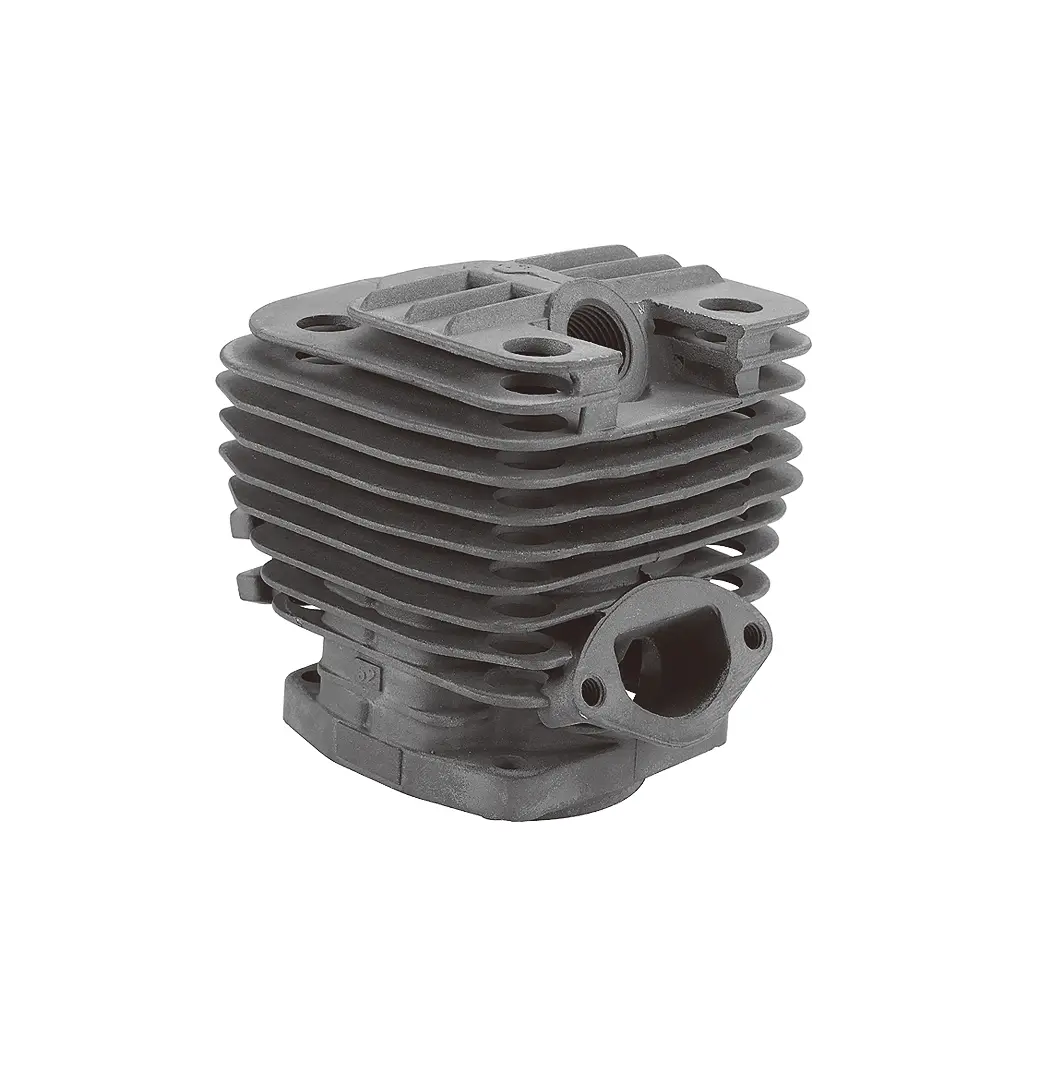
In summary, aluminum alloy high-pressure casting technology has shown great potential and advantages in improving automobile safety performance through its unique material properties and advanced process methods. From microstructure optimization to body structure innovation, to the verification of actual application cases, aluminum alloy high-pressure casting provides automobile manufacturers with reliable technical support and solutions, meeting the needs of international wholesale buyers for high-quality and high-safety automotive parts.








